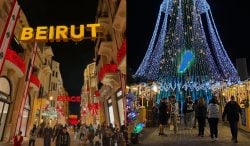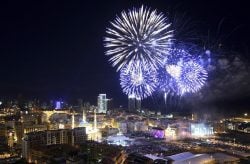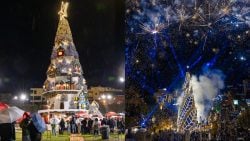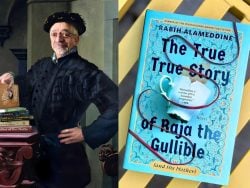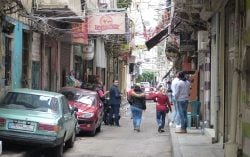Sursock’s Magnificent Palaces And The Story Of Beirut’s 7 Families
What is the history of Beirut’s upscale palaces and castles? The neighborhood now commonly known as “Sursock” has a rich history, get to know its hidden stories in the first episode of the “palaces series” from Beirut’s Collective Memory with our wonderful orator, Tarek Kawa.
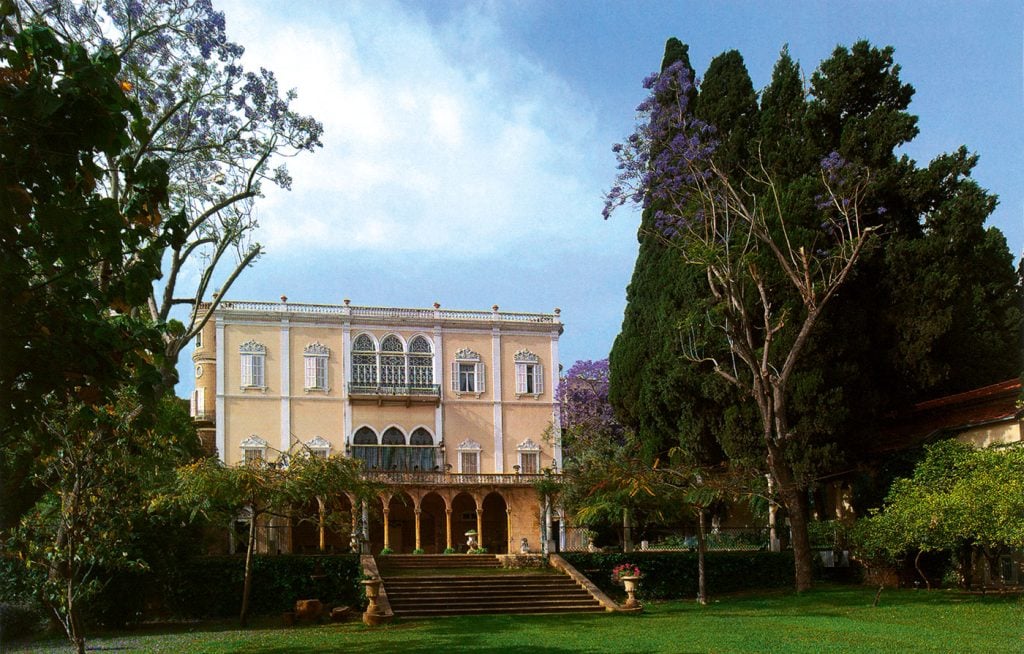
In 1840, this neighborhood was born, and its story extends from Lebanon back to the Ottoman Empire, to Egypt, to France, to and even to Tsarist Russia.
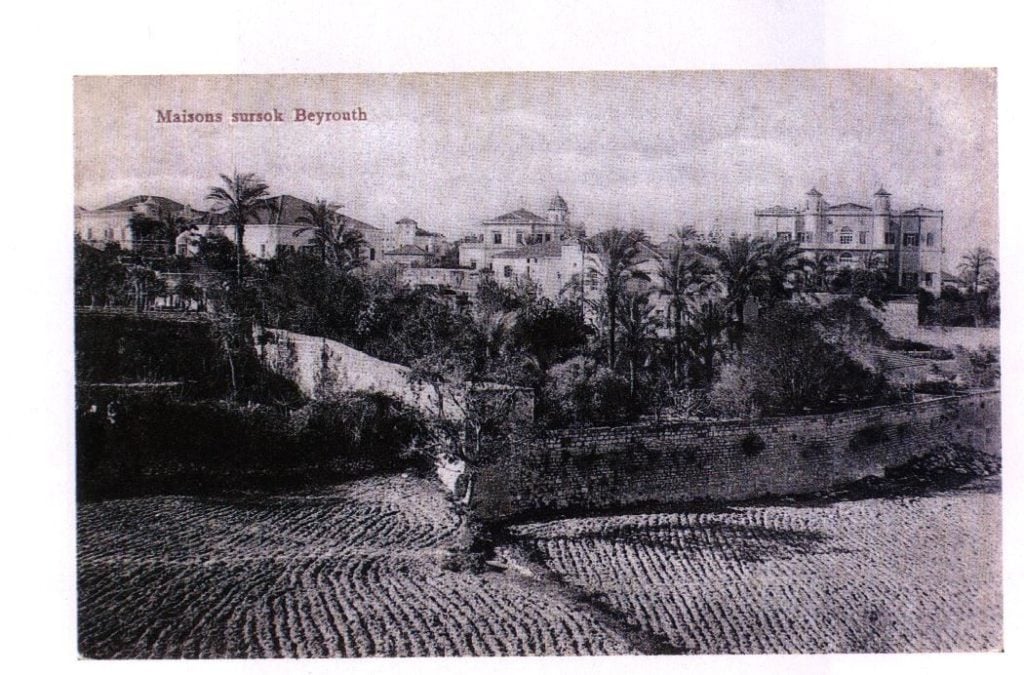
But before the street was born, let’s go back a hundred years. Jabbour Sursock came to Lebanon and he had two sets of descendants, the Jbeily family and the Barbari family, and they lived in the town of Barbara above Jbeil. He spent a short period with them, then moved to Ras Beirut like all the Orthodox Christian families at that time.
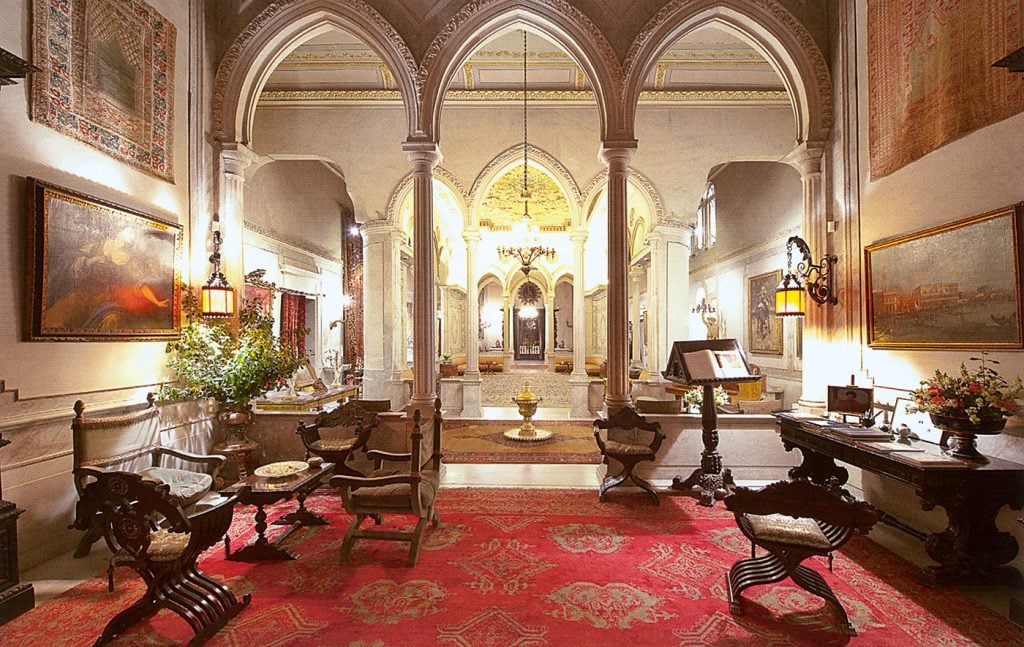
Among the people who made this move were the “seven families”, I’m talking about Sursock, Bustros, Tueni, Trad, Dagher, Fayyad, and Ferneini. To give you an idea of what happened at the time: Ras Beirut started to experience an influx of people, all of whom were looking for a place to build their family houses and palaces, which at that time were suitable for the type of lifestyle they wanted. And then came a person from the Sursock family, a family of Byzantine origin, with roots and family in Mersin, Turkey, (and they even have Khan Sursock named after them), as well as properties in Egypt and Palestine. Moussa Sursock was the person who decided to build the first palace in Ashrafieh, in what is now known as the Sursock neighborhood.
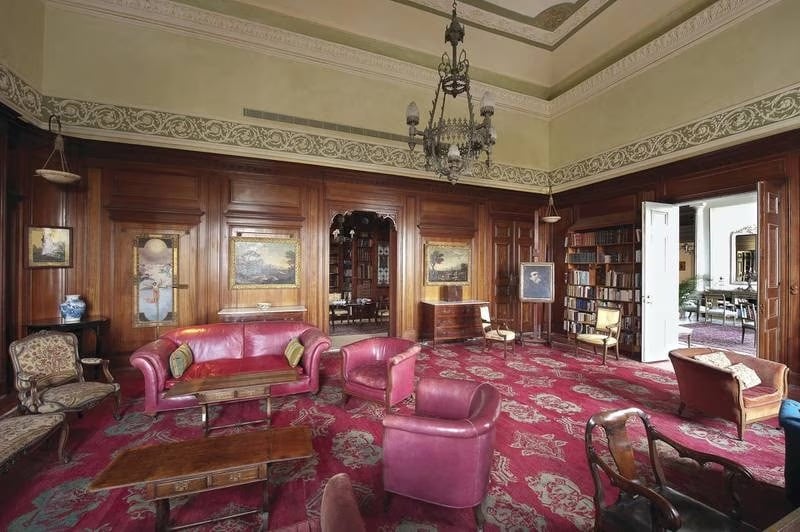
In 1840, the construction of the largest palace in Achrafieh, on the shoulder of Gemmayze, began. Of course, the seven prominent families also chose the same area as a location for their palaces and houses. Here, we have to pause a little to talk about the houses and palaces that were built, the Sursock house, and to whom they were given. Let’s start with the Orthodox Diocese that the house of Sursock donated to the diocese, they also built the Roum Hospital, the Church of Saint Nicolas, and the Zahret Al-Ihsan school.
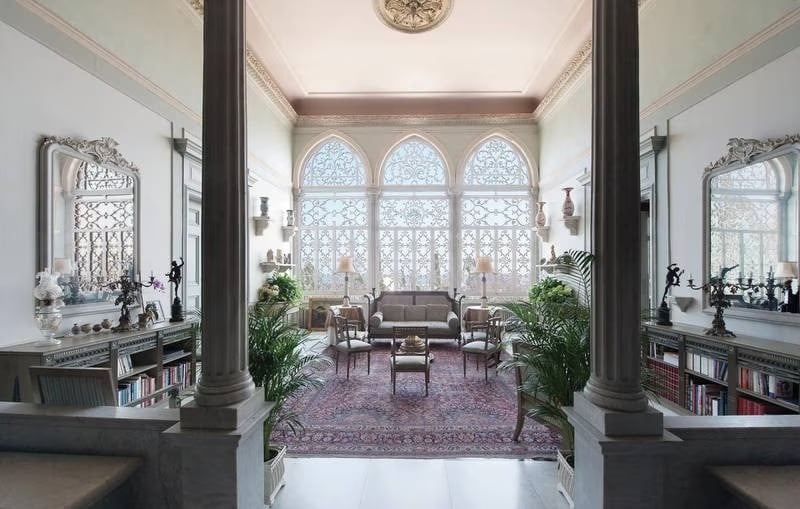
The Nicolas Ibrahim Sursock Palace was donated to the Lebanese state as a museum (the popular Sursock Museum) and the museum’s house went to Moussa Sursock and eventually his granddaughter Yvonne who called it her home until August of 2020. I must talk a little about Yvonne Sursock or Lady Cochrane as she was known in Beirut. Her mother is an Italian woman by the name of Donna Maria who married Alfred Sursock, the youngest son of Moussa Sursock. Their only daughter, Lady Cochrane, was the president of APSAD, a foundation she established to preserve and protect natural sites and archaeological buildings in Beirut.
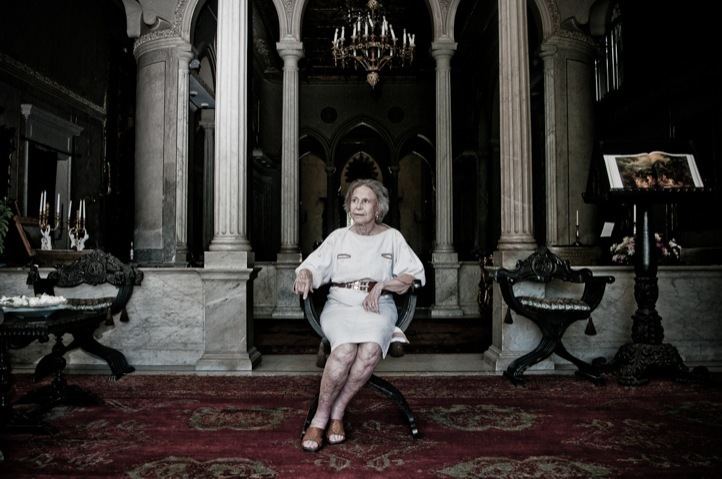
We won’t talk about the splendor, treasures, and artefacts in the palace, but the most important thing, which she always insisted upon, is that the palace was built by Lebanese experts, and the engraved copper door was made by the craftsman Mitri Tarazi. On August 4, 2020, the port explosion shook the Gemmayze stairts, shook its palaces… or what was left of them… shook the palace of Moussa Sursock. Yvonne was injured and after a few days, she sadly left the house.
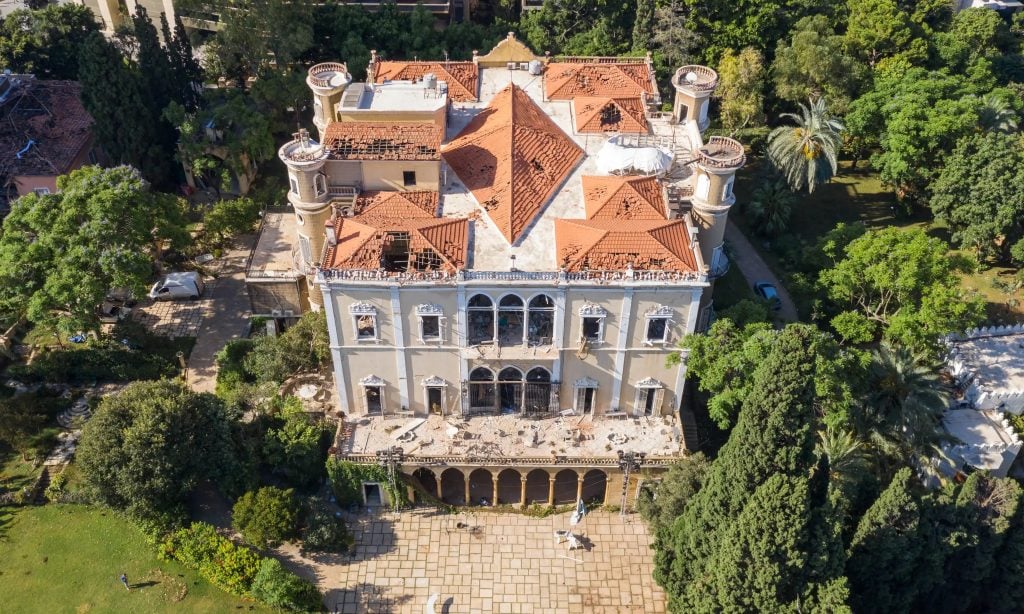

Do you have stories or anecdotes to share about Old Beirut? Email us!
collective-memory@beirut.com
On the next episode, we will continue the tales of the “palaces neighborhood”.
To join the WhatsApp group that started it all and to tune in to more beautiful Beirut stories, click here
Join Group on WhatsApp
Sharing these stories would not have been possible without the work of following historians and researchers. If not for them and many others, Beirut’s heritage and history would have been lost. A special thanks goes out to:
Louis Cheikho – Taha Al Wali – Nina Jedejian – Hassan Hallak – Suheil Mneimneh – Abdul Lateef Fakhoury – Ziad Itani – Beirut Heritage Society – Ya Beyrouth Page
